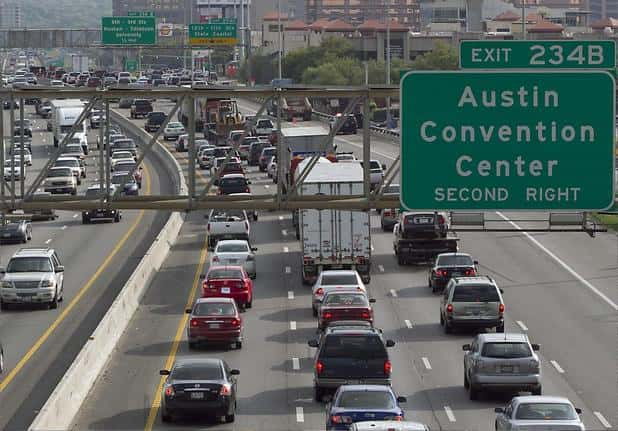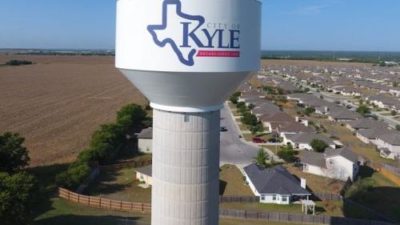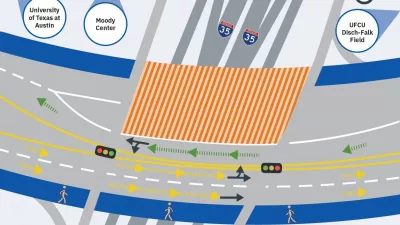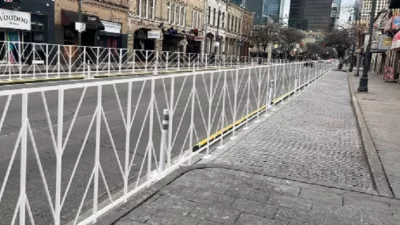The Downtown Austin Alliance has embraced the findings from the Urban Land Institute on the I-35 reconstruction project through central Austin. The ULI report, which was released this week, is the capstone to a visit by a panel of ULI experts to Austin in February. Led by the Downtown Austin Alliance, the February visit and public panel was the first step to develop a roadmap for transforming the land and streetscape surrounding I-35 through central Austin.
“The long discussed–and much needed–I-35 project has greatly progressed in recent months,” Dewitt Peart, president and chief executive officer of the Downtown Austin Alliance, said. “Since the project has been advanced on TxDOT’s Unified Transportation Program (UTP) and the recommendations of the experts from the Urban Land Institute have been published, we can move forward in our effort to unite the community around this project. We must take advantage of the once-in-a-lifetime opportunity to transform one of Austin’s biggest community barriers into a valuable regional asset for generations to come.”
The ULI panel recommended that Austin:
- Embrace that the I-35 reconstruction project is of national and regional significance not just an isolated highway project;
- Take advantage of the opportunity to create a fully integrated I-35 corridor with a transformed network of mobility that links with the Project Connect proposal and creates equitable development and investment opportunities for adjoining communities along a new surface-level urban boulevard;
- Utilize the coming six to 12 months that precedes the environmental review to create a shared vision for the process and design approach to the I-35 reconstruction that aligns with community goals and priorities not just an isolated highway project;
- Determine new forms of governance that will provide vision and stakeholder engagement, policy direction and vision; and
- Recognize that this will not solve all the problems or remediate past injustices but that improvements can be an impetus for great change that begins to address the challenges caused by displacement, affordability, and inclusion.
The full report is based on the recommendations from the February panel that was chaired by ULI Trustee and former ULI global chair, Marilyn Jordan Taylor, professor of architecture and urban design at the University of Pennsylvania.
“The time is now for Austinites to organize around creating a shared vision for those things that matter the most to them,” Taylor said. “In the report, the panel lays out a design and funding approach for creating caps and stitches that creates opportunities for more mobility, greenspace, and buildings but you must be the one to advocate to get this right.”
Connecting I-35 enhancements with other citywide priorities for mobility, economic, and quality of life will be a crucial part of ensuring the best long-term outcome for residents across the city of Austin.
“I-35 has long been seen as infrastructure dividing two vibrant communities within Austin,” Assistant City Manager Gina Fiandaca, who leads the City’s Mobility Outcome, said. “The cap and stitch approach presents a unique opportunity to leverage a mobility project to better connect these communities with the amenities of Austin that we all know and love.”
The ULI recommendations align with the Texas Department of Transportation’s (TxDOT) evaluation of options to ease congestion on I-35, including removing the upper decks and lowering the highway between Airport Boulevard and Cesar Chavez Street.





